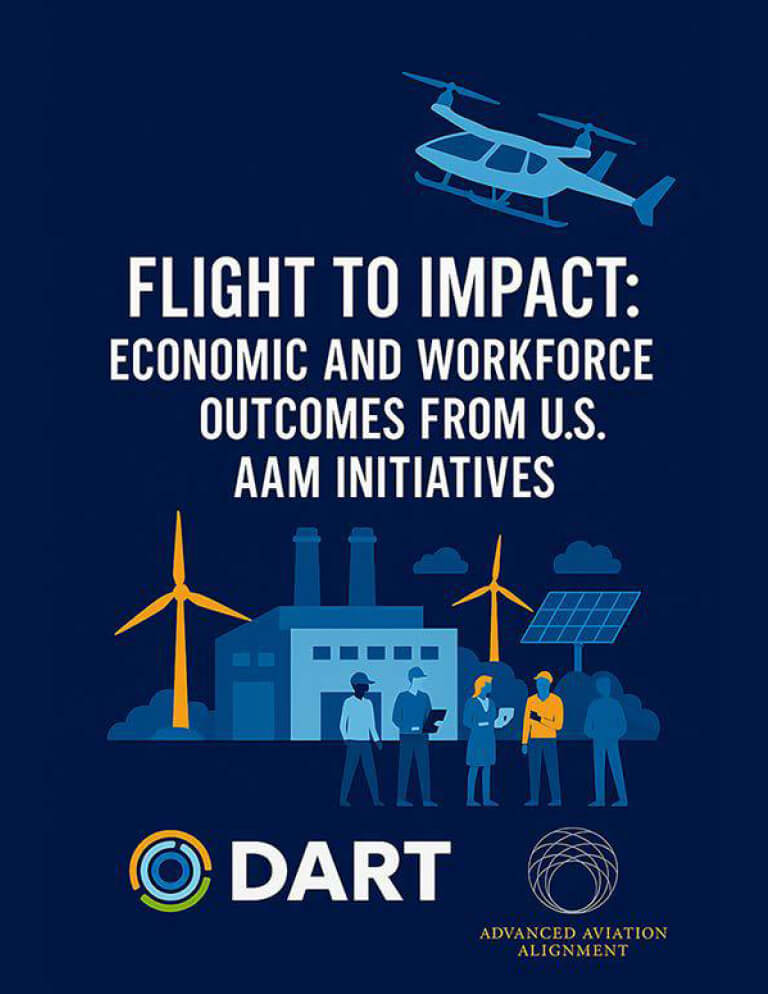The Drone Automation and Robotics Technology (DART) Initiative has released an insightful report titled “Flight to Impact: Economic and Workforce Outcomes from U.S. AAM Initiatives,” which thoroughly examines the tangible economic and employment effects stemming from regional collaborations in Advanced Air Mobility (AAM) and Unmanned Aerial Systems (UAS) across the United States. Supported by the James Irvine Foundation’s Priority Communities Initiative, this study is the first to measure both economic growth and workforce development outcomes associated with AAM and UAS adoption at a regional scale. DART’s Executive Director, Josh Metz, emphasizes that these investments are fostering innovation while creating family-sustaining employment opportunities and strengthening regional economies, particularly in underserved areas. The report underscores the critical role of state leadership, diverse economic incentives, and community engagement in maximizing AAM’s benefits. Lead author Matt Beatty from Advanced Aviation Alignment points out that successful AAM integration depends on strategic coordination among government, industry, and communities. States that combine infrastructure funding with targeted workforce training and startup support are positioned to achieve sustainable economic growth through AAM.
“Flight to Impact” offers valuable, actionable insights for policymakers, industry stakeholders, and workforce professionals dedicated to advancing climate-conscious, technology-driven economic development in the U.S. aviation sector.
Key highlights include:
- Over $1.8 billion generated in economic activity
- Approximately 39,500 direct jobs created or supported
- In-depth case studies from five U.S. states leading AAM development
- Infrastructure and battery manufacturing as key workforce drivers
- Emphasis on state-level leadership and diverse economic incentives
- Importance of community engagement and coordinated public-private partnerships.
Read the full report today and explore actionable insights for advancing the future of aviation and workforce development.


